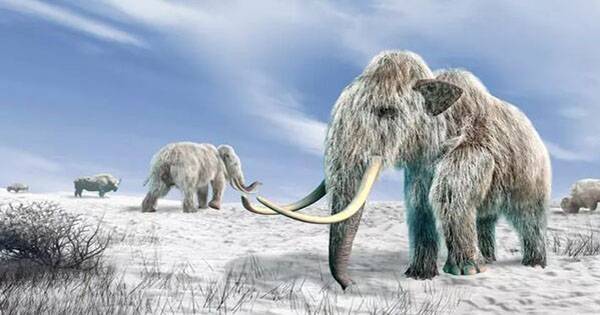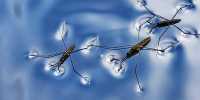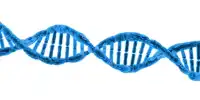A new biotech company has unveiled its audacious plan to develop an elephant-mammoth hybrid, saying that it will aid in the preservation of the Arctic tundra. The major question, as put by a well-known chaotician, is whether the scientists were so focused on whether or not they could that they didn’t think about whether or not they should. The idea of bringing the wooly mammoth back from the brink of extinction is frequently mentioned in sensational headlines and high pipe dreams, but it has yet to materialize. This recent announcement, on the other hand, may have some legs:
The start-up, named Colossal, was co-founded by George Church, a professor of genetics at Harvard Medical School who has pioneered numerous new ways to gene editing, and Ben Lamm, a tech and software entrepreneur, in addition to raising $15 million in finance.
The goal of Colossal is to employ genetic engineering, synthetic biology, and other technology to help conserve critically endangered species on the verge of extinction, or even “resurrect” species that have already died out.
A de-extinction effort that will culminate in the production of a woolly mammoth hybrid is one of their main objectives. They intend to construct an Asian elephant with woolly mammoth genes, which will have many of the cold-resistant biological features present in the extinct species, using CRISPR technology.
In a statement, Church said, “Technologies discovered in pursuit of this grand vision – a living, walking proxy of a woolly mammoth – could create very significant opportunities in conservation and beyond, not least of which include inspiring public interest in STEM, prompting timely discussions in bioethics, and raising awareness of the vital importance of biodiversity.”
Church told CNBC that the goal is to produce a hybrid that looks and acts like a woolly mammoth. To do this, a genetically modified embryo will be inserted into a “engineered endometrium” and then an artificial womb, similar to the one used to grow a lamb in a plastic bag in a 2017 study.
Many scientists have previously debated the ethics of bringing extinct species back to life. Is it a case of “playing God”? Is it possible that it will upset the natural order? Shouldn’t we be concentrating our efforts on conserving those species that are still alive but are in serious need of help?
They believe that extinction of the wooly mammoth could assist to delay, or possibly reverse, some of the effects of climate change, despite the fact that it will undoubtedly stretch the bounds of what is scientifically conceivable. They believe that mammoths grazing and roaming the Arctic tundra will help meadows thrive, slowing thawing and the release of greenhouse gases stored in the permafrost.
















